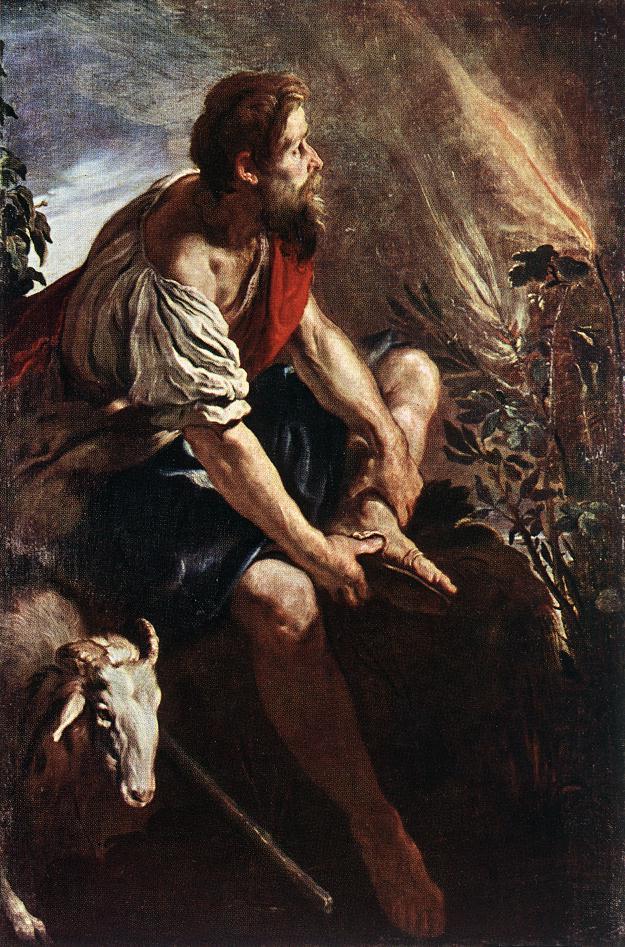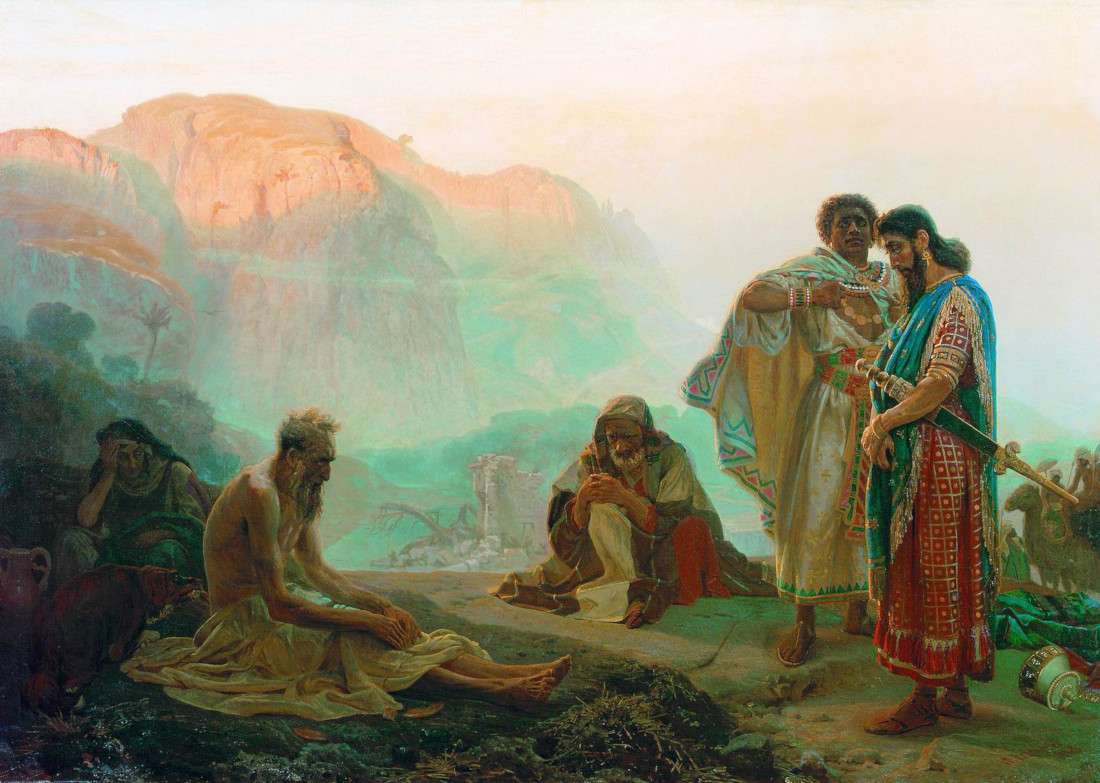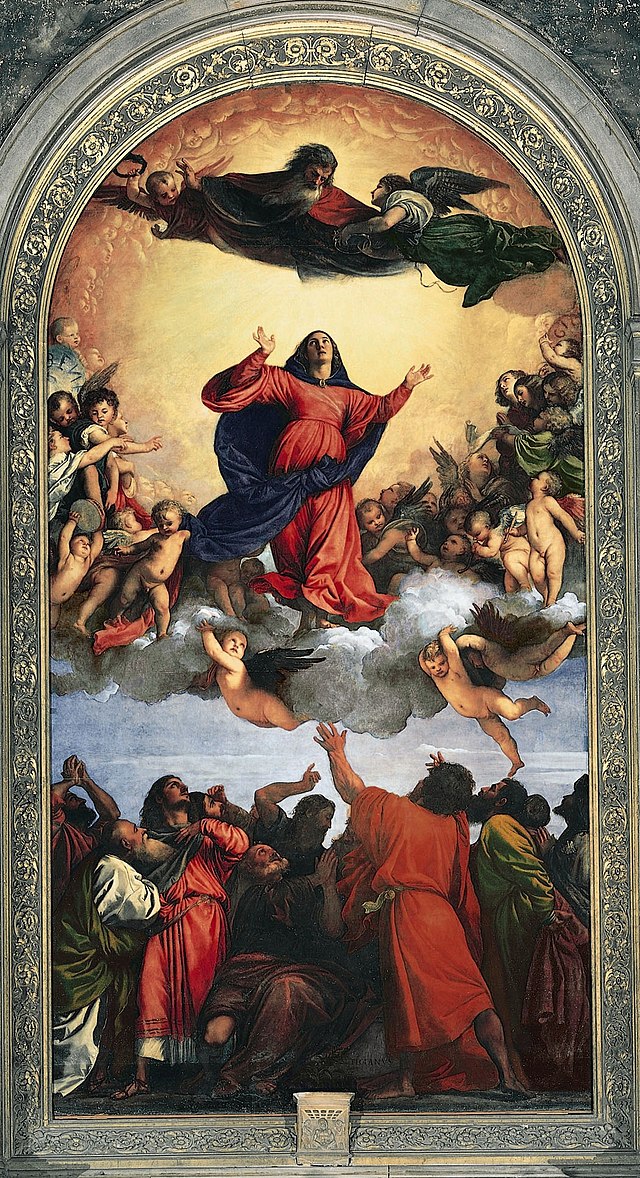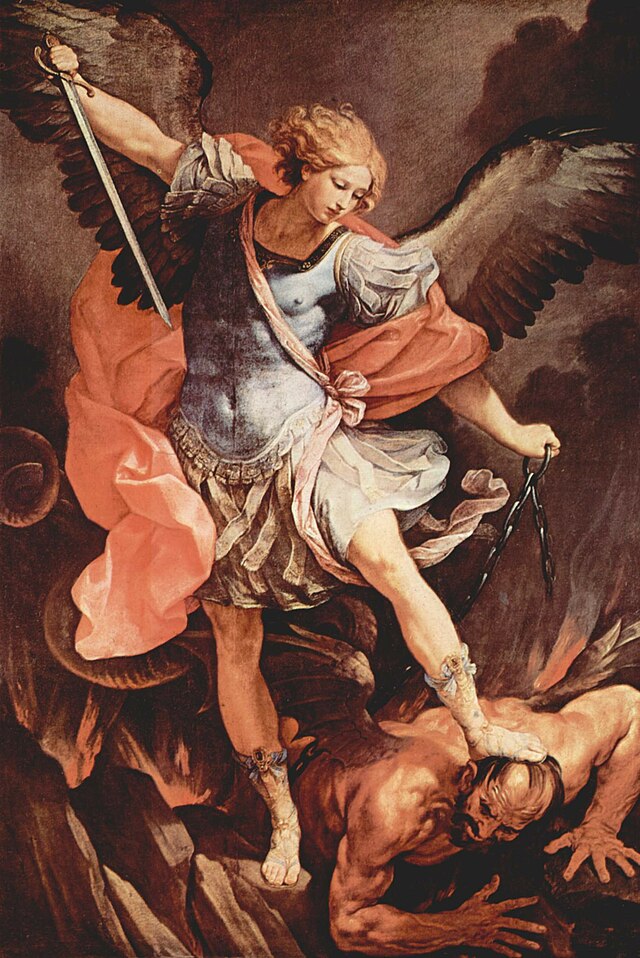
“A woman playing a psalterion,” an instrument used to accompany psalms…
This is a new feature, focusing not only on the psalm for a given, upcoming Sunday, but also on some highlights from the psalms in the Daily Office Readings (DORs) leading up to that “any given Sunday.” Since I’ll be trying to publish the review of an upcoming Sunday’s readings on the prior Wednesday, the DOR psalms will be taken from the readings for the week ending on the Tuesday before that “prior Wednesday.”
For example, the Psalm for Sunday, September 7 is Psalm 149. In turn, the DOR psalms highlighted in this post will be from the readings for Wednesday, August 26, and going on to the readings for Tuesday, September 2. As an example, the DORs for Monday, September 1 included Psalm 9:10, “you never forsake those who seek you, O LORD,” which goes along with and supports what Jesus said in John 6:37: “I will never turn away anyone who comes to me.”
Turning back to Psalm 149, the International Bible Commentary used the sub-head “firstfruits of victory,” and noted that the psalm was “evidently inspired by a national victory. As the people praise God for it, they look forward to the future, final triumph of His purposes.”
But first note that the psalm begins, “Hallelujah! Sing to the LORD a new song…” On that note see the post On the DORs for July 20, which asked the musical question:
How can we do greater works than Jesus if we interpret the Bible in a cramped, narrow, strict and/or limiting manner? For that matter, why does the Bible so often tell us to “sing to the Lord a new song?” (For example, Isaiah 42:10 and Psalms 96:1, 98:1, and 144:9.)
Or for more, in the “Search” box above right you could just type in “sing Lord new song.”
Getting back to Psalm 149, the IBC noted that it was God who had “made a rabble of slaves into a cohesive nation,” and further that “Yesterday’s victory, celebrated in today’s praise, was a steppingstone to the promised triumph of the end time.”
Which is something to keep in mind these days when all the world seems to be roiling against us as a nation. Thus the mandate of verse 3: “Let them praise his Name in the dance; let them sing praise to him with timbrel and harp,” as David did in the painting below.
Getting back to the psalms in the last week’s Daily Office Readings, Saturday’s readings included Psalm 110, verses 1 and 6: “The Lord said to my Lord, ‘Sit at my right hand, until I make your enemies your footstool,” and also, “The Lord has sworn and he will not recant; ‘You are a priest forever after the order of Melchizedek.”
Jesus quoted Psalm 110:1 in Mark 12:35-36, saying “‘How can the scribes say that the Christ is the son of David? David himself, in the Holy Spirit, declared, ‘The Lord said to my Lord, Sit at my right hand, until I put your enemies under your feet.’ David himself calls him Lord. So how is he his son?’ And the great throng heard him gladly.”
And Paul quoted Psalm 110:4 in Hebrews, Chapter 7, speaking of Jesus:
The matter becomes even plainer; a different priest has appeared, who is like Melchizedek. 16 He was made a priest, not by human rules and regulations, but through the power of a life which has no end. 17 For the scripture says, “You will be a priest forever, in the priestly order of Melchizedek.”
And note that Psalm 149:1, one of the DORs for Sunday, August 31, keeps up the theme of singing to the Lord a new song, while Psalm 39:14, one of the DORs for Tuesday, September 2, serves as a reminder that – bottom line – we all came here from somewhere else:
“For I am but a wayfarer with you, a wayfarer, as all my forebears were.”
– The Scribe

The upper image is courtesy of Psaltery – Wikipedia, the free encyclopedia, with the full caption: “A woman playing a psalterion. Ancient Greek red-figured pelike from Anzi, Apulia, circa 320–310 BCE.”
The lower image is courtesy of Psalms – Wikipedia, the free encyclopedia, with the full caption: “David Playing the Harp by Jan de Bray, 1670.”
As to David playing the harp, see David – Wikipedia, the free encyclopedia, which noted the account of First Samuel, Chapter 16, which told of Saul, the first-ever king of Israel, being tormented by an evil spirit. In turn it was suggested that “he send for David, a young warrior famed for bravery and his lyre playing. Saul did so, and made David one of his armor-bearers. From then on, whenever ‘the spirit from God came on Saul, David would take up his lyre and play. Then relief would come to Saul; he would feel better, and the evil spirit would leave him,'” as illustrated above.
As to Book of Psalms generally, it is “commonly referred to simply as Psalms or ‘the Psalms’ … the first book of the Ketuvim (‘Writings’), the third section of the Hebrew Bible. The English title is from the Greek [word] meaning ‘instrumental music’ and, by extension, ‘the words accompanying the music.’ There are 150 psalms in the Jewish and Western Christian tradition.” Psalms – Wikipedia, the free encyclopedia… The book is “divided into five sections, each closing with a doxology (i.e., a benediction) … probably introduced by the final editors to imitate the five-fold division of the Torah.”
Wikipedia added that the “version of the Psalter in the American Book of Common Prayer prior to the 1979 edition is a sixteenth-century Coverdale Psalter. The Psalter in the American Book of Common Prayer of 1979 is a new translation, with some attempt to keep the rhythms of the Coverdale Psalter.”













 Consider this a tribute to
Consider this a tribute to  That particular version of the list is from
That particular version of the list is from  Essential # 6. We strive to follow “
Essential # 6. We strive to follow “



